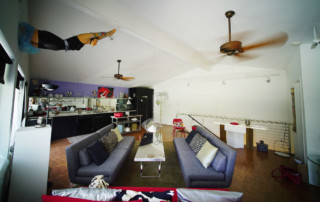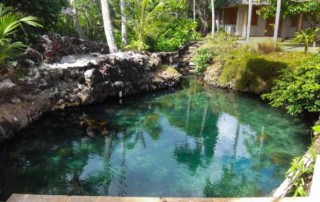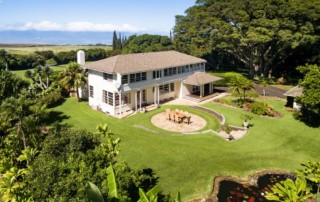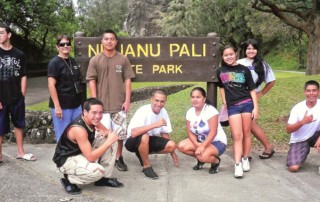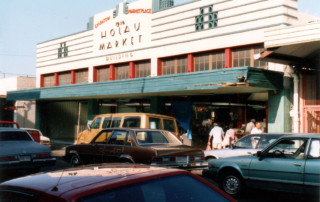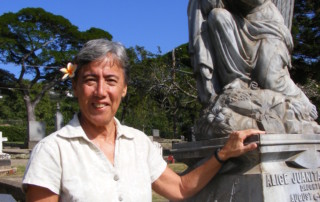A New Vision for the Waikiki Natatorium
Restored Waikiki Natatorium envisioned by Nov. 11, 2019 By Dominique Times dtimes@staradvertiser.com July 4, 2016, Honolulu Star Advertiser The Waikiki Natatorium War Memorial could be restored to its former glory — but with a high-tech touch — by 2019, exactly 100 years after the land was first acquired to construct the site, according to the senior field officer and attorney for the National Trust for Historic Preservation. Honolulu’s Department of Design and Construction hosted a series of meetings over four days last week with nearly 60 interested groups to gather information on the historic aspect of the natatorium’s design and the upcoming environmental impact study. The ocean-water public swimming pool, where local Olympic gold medalist Duke Kahanamoku swam, was built as a memorial to those who served in World War I. Owned but not operated by the state, the site was closed to the public in 1979 due to a lack of upkeep. Brian Turner, a lawyer with the trust, said the site would be a “waste to lose,” and remains optimistic that the pool can be reopened within three years. “We feel like we’ve developed a fresh look at something that’s been a real engineering puzzle,” Turner said. His goal is to have the project completed by the centennial of the armistice, Nov. 11, 2019. For years there have been discussions on the memorial’s future — whether to demolish it, restore it completely or get rid of the pool but keep the facade. The National Trust for Historic Preservation, which placed the natatorium on its 11 most endangered structures list in 1995, submitted a proposal with preliminary drawings to rehabilitate the site, preserving as much of its original look as possible. “We want it [...]



